Ground shipping is currently paused. Local deliveries throughout Long Island will continue as usual. Pre-orders for fall are now open. Non-local orders will begin shipping again in early September. Click here to learn more.
Ground shipping is currently paused. Local deliveries throughout Long Island will continue as usual. Pre-orders for fall are now open. Non-local orders will begin shipping again in early September. Click here to learn more.
| Size | |
|---|---|
| Common Name | |
| Type | |
| Family | |
| Native? | |
| Zone | 5, 6, 7, 8, 9 |
| Height Range (ft.) | 8.00 to 12 |
| Spread (ft.) | 4.00 to 6.00 |
| Bloom Time | |
| Bloom Description | Deep Red Center, large, Rich Blue-Purple Flowers, Single |
| Sun | |
| Water | |
| Maintenance | |
| Suggested Use | Pollinator Garden, Screen, shrub borders, specimen plantings |
| Tolerate | |
| Growth Rate | |
| Attracts |

Hibiscus syriacus ‘Blue Satin’ is a non-native flowering shrub with bold blue-violet blooms and a long bloom season—ideal for sunny borders and hedges.
$35.99 – $311.99Price range: $35.99 through $311.99
Please note: Sizes 1.5 Gallon and up can’t be shipped outside the counties of Nassau, Suffolk, and Queens.
Learn more about how the process works and how our plants are delivered.
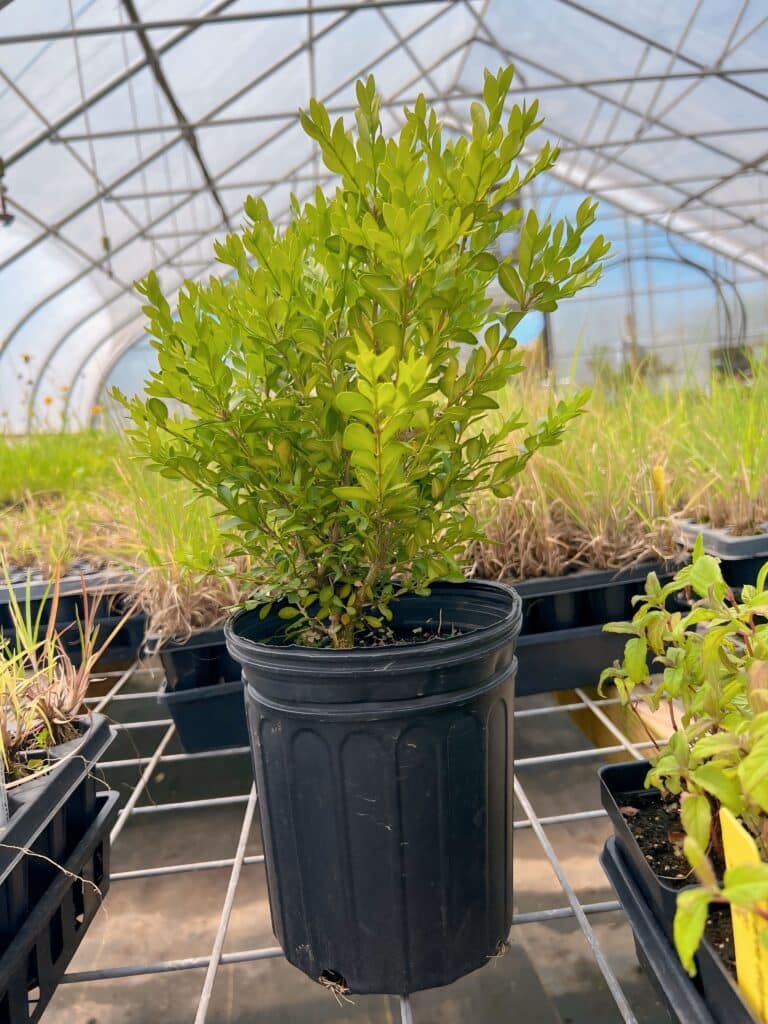

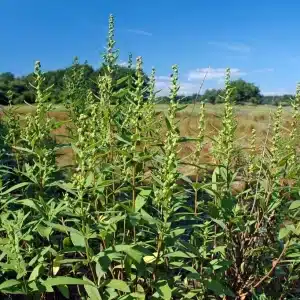
Ground shipping is paused due to summer heat. Only local delivery (Long Island & Queens) is available. Orders placed during the pause will begin processing September 1, and ground shipping will resume September 15.
| Size | |
|---|---|
| Common Name | |
| Type | |
| Family | |
| Native? | |
| Zone | 5, 6, 7, 8, 9 |
| Height Range (ft.) | 8.00 to 12 |
| Spread (ft.) | 4.00 to 6.00 |
| Bloom Time | |
| Bloom Description | Deep Red Center, large, Rich Blue-Purple Flowers, Single |
| Sun | |
| Water | |
| Maintenance | |
| Suggested Use | Pollinator Garden, Screen, shrub borders, specimen plantings |
| Tolerate | |
| Growth Rate | |
| Attracts |
Hibiscus syriacus ‘Blue Satin’, commonly known as Rose of Sharon, is a striking deciduous shrub admired for its rich blue-violet blooms and long flowering season from midsummer through early fall. Growing 8 to 10 feet tall and 4 to 6 feet wide, this upright, vase-shaped shrub brings bold color and tropical flair to sunny gardens. Its large, single flowers attract generalist pollinators, but as a non-native species, it does not support the same ecological functions as native hibiscus varieties.
Vivid color: Large, deep blue-violet blooms offer bold contrast in sunny landscapes
Long bloom time: Flowers continuously from midsummer into fall
Easy-care shrub: Heat and drought tolerant once established
Sun exposure: Requires full sun for best flower production
Soil needs: Adapts to most well-drained soils; tolerant of clay and drought
Maintenance: Prune in early spring to shape and promote new growth
Flowering screens: Great for colorful, upright hedges or privacy borders
Accent shrub: Makes a bold statement in pollinator gardens or sunny beds
Mixed borders: Pairs well with ornamental grasses and late-season perennials
Non-native species: Minimal wildlife benefit compared to native alternatives
Not a host plant: Does not support native caterpillars or specialist insects
Pair with natives: Add native flowering shrubs to enhance biodiversity
Looking for native alternatives?
Hibiscus moscheutos – Swamp Rose Mallow: A native perennial with large, showy blooms in pink and white that support pollinators and thrive in moist soils.
Clethra alnifolia ‘Ruby Spice’ – Ruby Spice Summersweet: A compact native shrub with fragrant pink flowers that bloom in summer and attract beneficial insects.
Clethra alnifolia ‘Hummingbird’ – Dwarf Summersweet: A smaller native shrub with white, fragrant blooms and strong pollinator appeal.
/5
Total reviews
|
|
Persons recommended this product
Anonymous
Shopper
check_circle Verified
Shop owner replied
Was this helpful
Anonymous
Shopper
check_circle Verified
Shop owner replied
Was this helpful
There are no reviews yet.
Be the first to review “ ”
Your feedback helps us improve our service.
Please log in to submit a review.
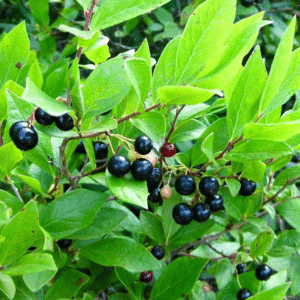
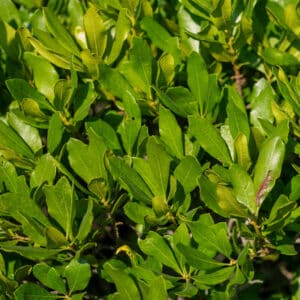
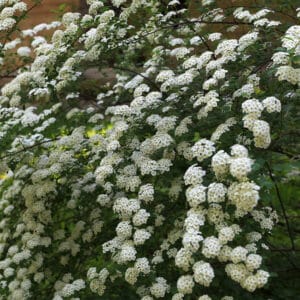
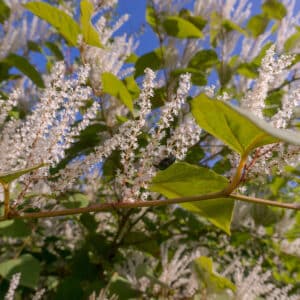
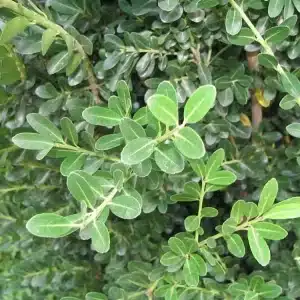

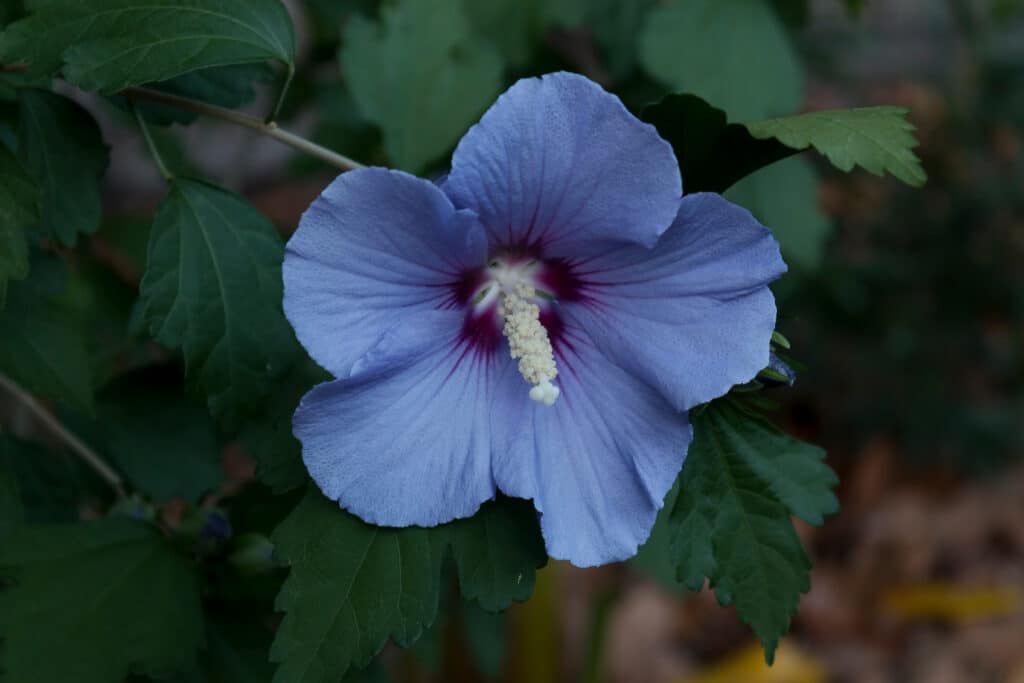
No. Hibiscus syriacus is native to East Asia, including China and India. ‘Blue Satin’ is a cultivar developed for ornamental use, prized for its unique flower color. While widely used in landscapes, it is not native and provides limited ecological value compared to native hibiscus species like Hibiscus moscheutos or Hibiscus laevis.
‘Blue Satin’ is valued for its deep blue-violet, single flowers with a dark maroon throat, blooming from midsummer into fall. It has a dense, upright habit, typically growing 8 to 12 feet tall and 4 to 6 feet wide, making it ideal for hedges, screens, or as a colorful specimen shrub.
This shrub thrives in full sun and prefers well-drained soil, but it is adaptable to a wide range of soils and tolerates heat, humidity, and urban conditions. It is hardy in USDA zones 5 through 9 and benefits from regular watering during establishment, though it becomes drought-tolerant once mature.
Somewhat. The flowers attract bees, butterflies, and hummingbirds, especially in midsummer when few other shrubs are blooming. However, as a non-native, Hibiscus syriacus does not support native insect larvae or provide significant long-term habitat value.
Yes. It is considered deer-resistant, and once established, is low-maintenance. It may benefit from light pruning in early spring to maintain shape or encourage denser growth. Deadheading can reduce self-seeding, although ‘Blue Satin’ is less prone to invasive spreading than older varieties.
Our gift cards make it easy to share the beauty of plants, flowers, and all things green. Whether for a special occasion or just because, give the gift of choice and let them select their favorites to create a garden they’ll cherish.
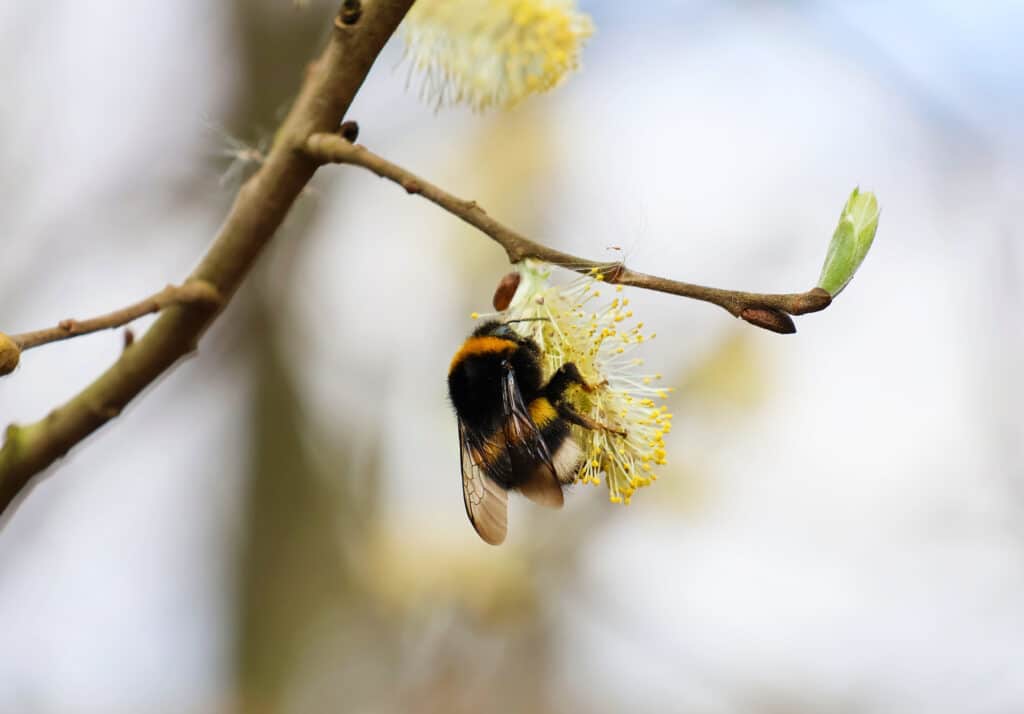
Only Local Delivery Available (Long Island & Queens)
Ground Shipping Paused
To protect our plants from extreme summer heat, we’ve paused nationwide ground shipping to avoid any damage during transit.
Local Delivery Only
We’re still delivering locally to Long Island and Queens, so nearby customers will continue to receive orders as usual.
Fall Pre-Orders Are Open Nationwide!
We will resume normal shipping for non-local orders placed during the pause in early September.
Thank you for your support and understanding—we’re looking forward to growing with you this fall!